Provider
In an increasingly digitalised world, it is becoming ever more important for electricity to be permanently available. No electricity means no personal smartphone and no digital workplace. It means going without light, water and most means of payment. Which is why BKW Power Grid ensures electricity is transported reliably into your home – and business.
We have been building and operating electricity grids securely, productively and efficiently for almost 125 years. In the past, electricity was sent in just one direction: from power plants to consumers. Power lines were huge one-way systems. Electricity grids nowadays are more complex, with many small plants producing electricity decentrally from renewable sources. The electrification of mobility and heating is increasing the number of decentralised consumers in the form of charging points and heat pumps.
More electricity means a larger and more intelligent electricity grid. Increasingly, we are supplementing copper and concrete with bits and bytes – in grid planning, operation and grid connection management.
Grid planning
By putting a photovoltaic system on your roof, you and your home become a ‘prosumer’ – meaning you both produce and consume energy. In summer you produce more electricity than you consume and feed the surplus power into the grid. In winter the opposite can be the case. You produce little solar energy but heat your home with electricity. At the latest when you go to charge your electric car you will need electricity from the grid.
Our grid nowadays needs to allow electricity to flow bidirectionally. It needs to deal with the increasing fluctuations of renewable electricity and decentralised consumption and to be expanded and converted faster than ever before. One challenge for the grid planners, given that the energy transition is already under way: Already in 2021, more electricity was produced from photovoltaics than from hydropower in the BKW area at peak times.
In order to optimise grid expansion and the costs associated with this, BKW Power Grid developed solutions to simulate and automate grid planning and to forecast the addition of decentralised points of production and consumption. To do this we harness the potential of artificial intelligence and combine internally held knowledge on constructing and operating electricity grids with publicly accessible information and databases.
Using 100 engineering years’ worth of performance, BKW Power Grid appraises its grid every night to detect any limit violations or free grid capacities for connecting new photovoltaic systems.

24/7 grid operation
The central control room in Mühleberg forms the heart of the BKW electricity grid. Controllers oversee all vital signs of the electricity grid digitally on dozens of monitors, keeping an overview of 22,000 kilometres of lines as well as every single plant. If there’s something wrong with the heartbeat (a frequency of 50 hertz), they intervene straight away. Any discrepancies can damage consumers (such as electrical equipment, for example in factories) and destabilise the grid. At worst, this can lead to power failure.
Preventing this, and immediately detecting external power outages, is the job of these controllers. External outages can for example be caused by a tree falling on power lines. Controllers then waste no time in mobilising locally based on-call service operators to fix the disruption as quickly as possible. This could be in the middle of the night, at any time of day, seven days a week. Getting electricity to you is our life’s work.
Increasingly, however, it’s not the elements that keep the control room busy, but instead the high feed-in of renewable energies all at once on particularly sunny or windy days and intensive charging of electric vehicles all at the same time when owners get home in the evening.
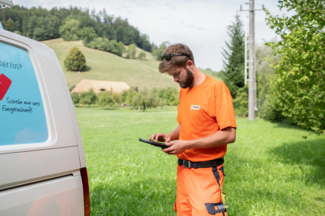
Grid connection management
When you build a house, a factory or a power plant, you can apply for your building to be connected to the electricity grid run by the regional distribution system operator. You also need to apply for a connection when you install a photovoltaic system or your own charging point. It’s the grid operator’s job to connect you and, if necessary, bolster the electricity grid for you.
BKW Power Grid now handles almost 10,000 grid connection applications every year, and rising. We are only able to handle numbers like this thanks to automated processes. And it doesn’t stop there: for household installation checks, BKW Power Grid now uses robotic process automation (RPA) to carry out routine tasks quickly and with maximum precision. This allows our staff to concentrate on the jobs that utilise their experience and human intelligence.
Our 125 years of experience constructing and operating electricity grids, coupled with intelligent methods for harnessing digitalisation potential, are how we guarantee efficient implementation of the energy transition.
Our contribution to sustainability
 | With our actions, products and services, we are contributing to the sustainable development of society, the economy and the environment. BKW develops solutions for the design of sustainable infrastructures and living spaces. In doing so, it is committed to the UN’s Sustainable Development Goals. You can find out more about our approach to sustainability management here. |
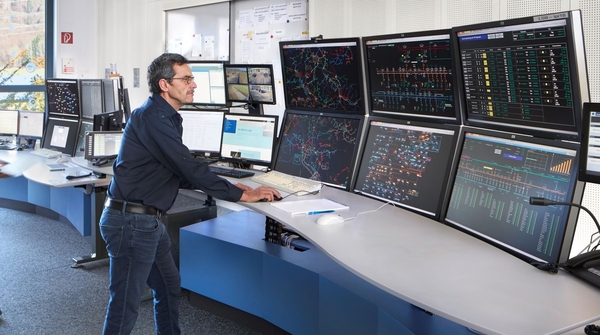
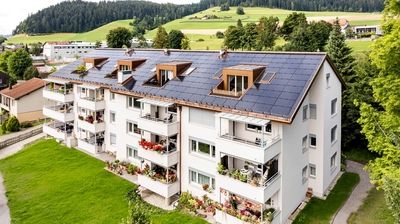
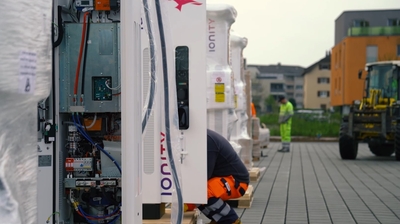
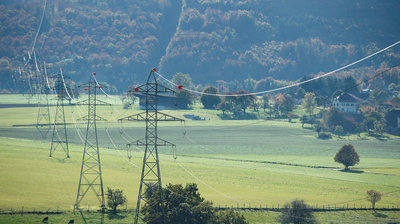

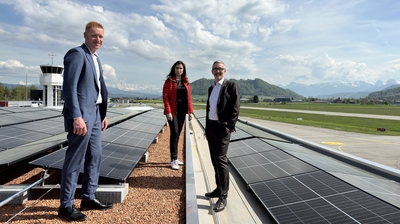
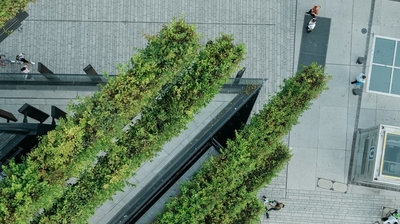
Comments